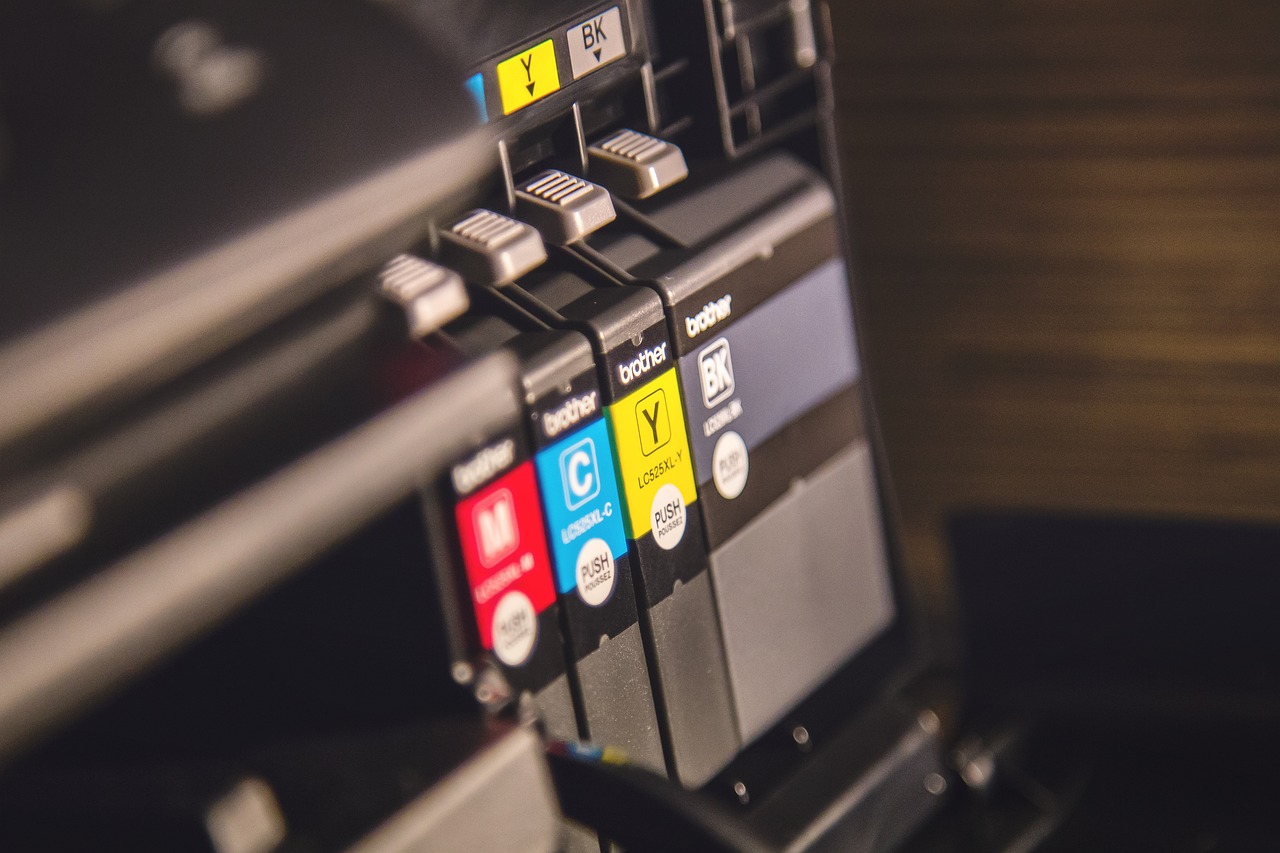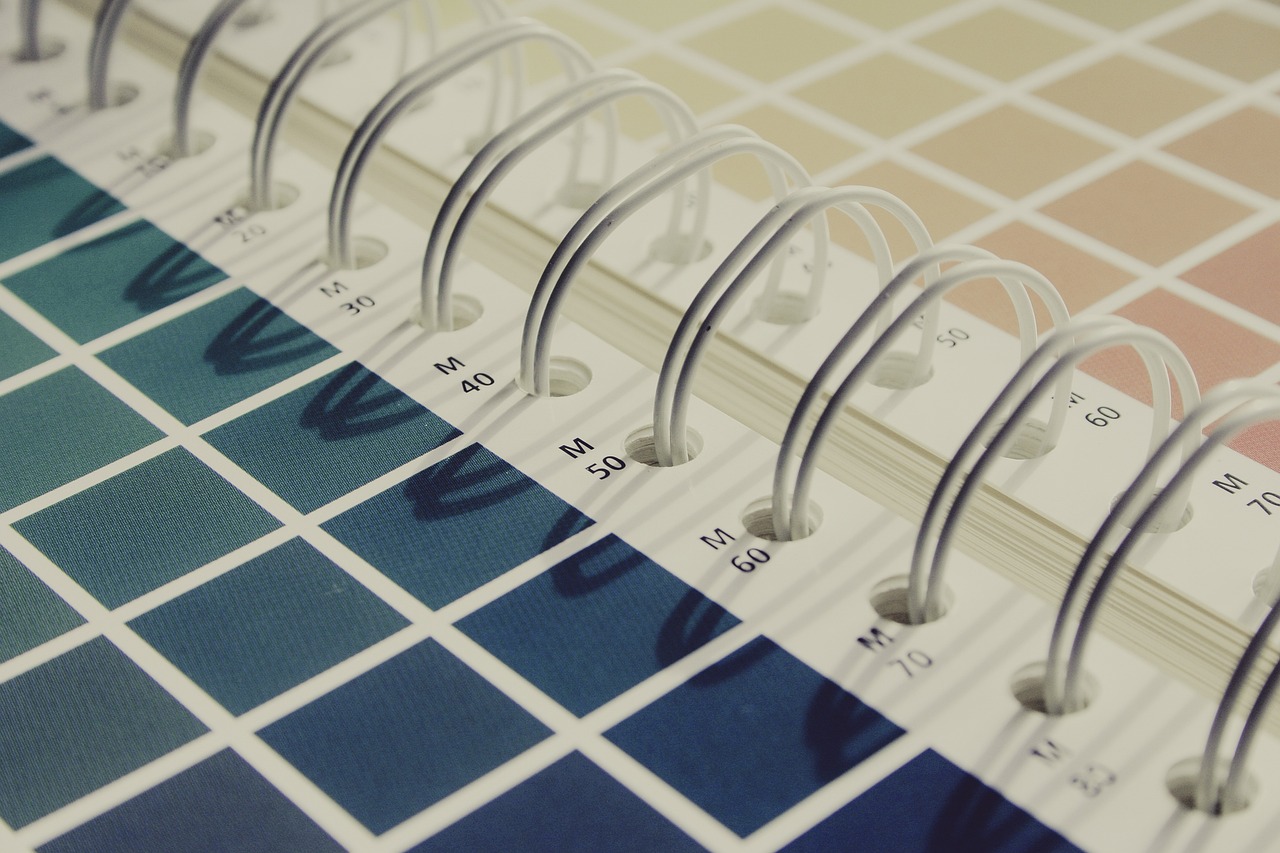Electronics in the Music Industry – Modern Instruments
As technology continues to advance, the music industry has seen a significant shift towards the use of electronic instruments. These modern instruments not only offer a wide range of sounds and effects, but also provide musicians with greater flexibility in creating and manipulating music.
I. The Evolution of Electronic Instruments
Electronic instruments have come a long way since their inception in the early 20th century. From basic synthesizers to complex MIDI controllers, these instruments have revolutionized the way music is created and performed. The advent of digital technology has further enhanced the capabilities of these instruments, allowing musicians to explore new sonic territories.
II. Key Benefits of Electronic Instruments
-
Versatility: One of the major advantages of electronic instruments is their versatility. Unlike traditional instruments, which are limited to specific sounds and tones, electronic instruments can mimic a vast array of musical instruments and create unique sounds that cannot be replicated by acoustic counterparts.
-
Portability: Electronic instruments are generally lightweight and compact, making them highly portable. Musicians can easily transport their instruments from one location to another without the hassle of carrying heavy equipment. This has made it easier for musicians to perform live and collaborate with other artists.
III. Popular Electronic Instruments in Modern Music
-
Synthesizers: Synthesizers are perhaps the most iconic electronic instruments. They can produce a wide range of sounds, from classic analog tones to modern digital textures. Synthesizers are commonly used in various genres, including electronic, pop, and rock music.
-
Drum Machines: Drum machines have revolutionized the way beats and rhythms are created. These electronic devices allow musicians to program complex drum patterns and control various parameters, such as tempo and velocity. Drum machines are widely used in electronic dance music (EDM) and hip-hop.
-
MIDI Controllers: MIDI controllers have become essential tools for musicians and producers. These devices allow musicians to control software instruments and effects using physical knobs, pads, and keyboards. MIDI controllers provide a tactile experience and enable musicians to add expressiveness to their performances.
IV. The Impact of Electronics on Live Performances
The integration of electronic instruments has had a profound impact on live performances. Musicians now have the ability to layer different sounds, trigger samples, and manipulate effects in real-time. This has resulted in more dynamic and immersive live shows, blurring the lines between traditional performances and electronic music production.
V. Challenges and Limitations of Electronic Instruments
While electronic instruments offer a myriad of possibilities, they also present a few challenges and limitations. One of the main challenges is the steep learning curve associated with mastering these instruments. Additionally, electronic instruments heavily rely on technology, making them susceptible to technical glitches and malfunctions.
VI. Future Trends in Electronic Instruments
As technology continues to advance, the future of electronic instruments looks promising. We can expect to see more intuitive interfaces, enhanced connectivity options, and improved performance capabilities. The evolution of artificial intelligence and machine learning will also play a significant role in shaping the future of these instruments.
VII. The Continued Integration of Electronics in Music
The integration of electronics in the music industry is here to stay. The endless possibilities offered by electronic instruments continue to inspire musicians and push the boundaries of creativity. As technology continues to evolve, we can only imagine what exciting developments lie ahead for the world of electronic instruments in the music industry.



